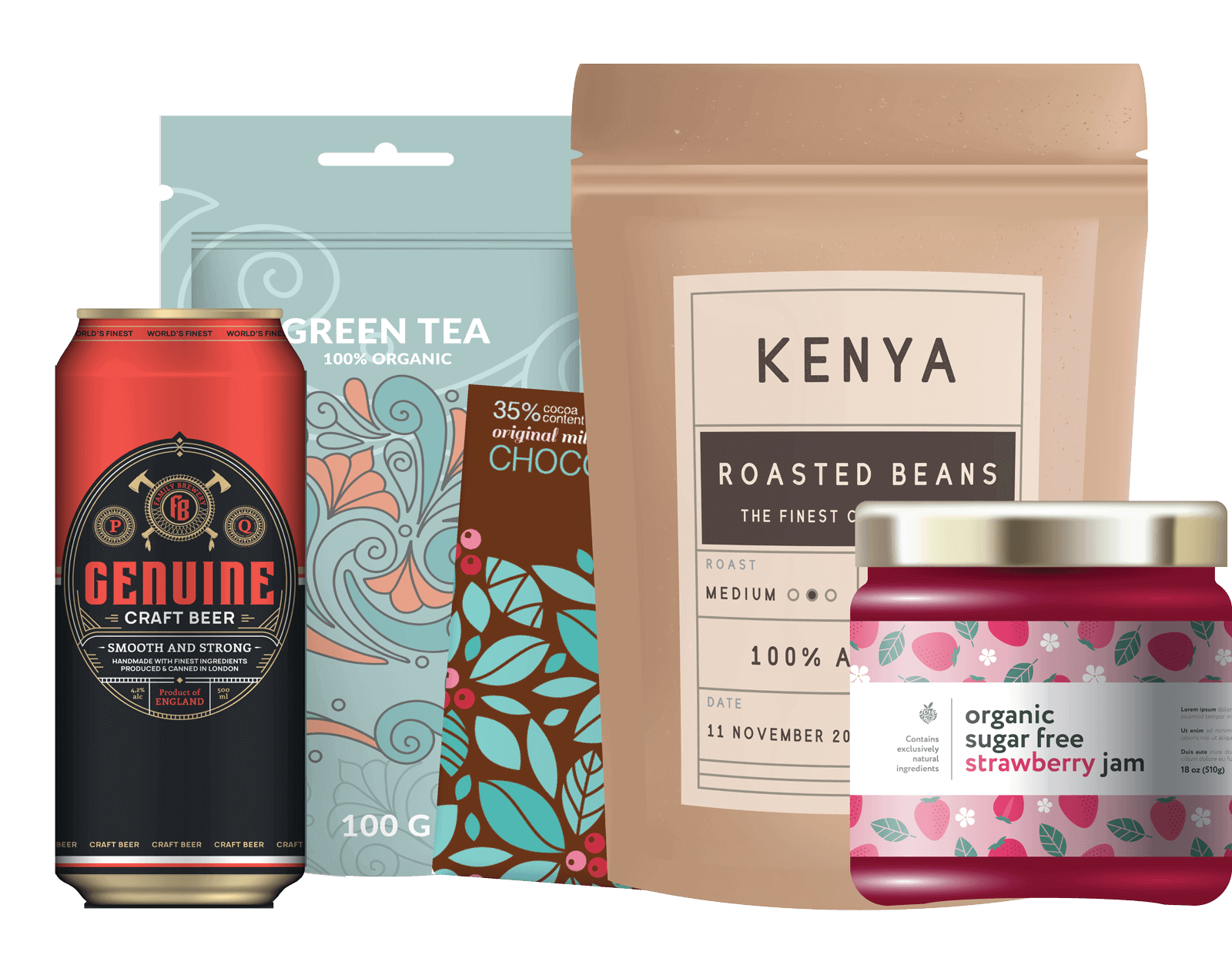March is National Nutrition Month, and MJS Packaging wants to take a closer look at the newest trends surrounding packaging for products highlighting natural or nutritional benefits. One large trend we’re hearing about for 2019 in the food and beverage industry is the demand for clean packaging. It’s not enough to have clean products; their packaging needs to match. Here’s what you need to know to stay on top of the trend and how you can embrace it.
What is Clean Packaging?
First, let’s start with “Clean Label.” This refers to a consumer-driven movement that demands a return to real food and transparency through authenticity. Foods are considered “clean label” if they contain natural, familiar, simple ingredients that are easy to recognize, understand, and pronounce. To comply with this trend, various retailers and restaurants, like Whole Foods and Panera, even have lists of ingredients they ban from their products.
Clean processing became the next trend with processes, such as cold brewing, cold pressing, fermentation, high-pressure processing, and super-heated steam being used to process foods. These give consumers the perception that their products are more natural, and overall, less processed.

But just having simple ingredients and processes aren’t enough. Consumers are now looking for packaging that holds their products to be clean, too.
“Clean packaging” is packaging that is chemical-free and is transparent about its ingredients. Given the recent food packaging issues with bisphenol-A (BPA) and fluorocarbons, this clean packaging trend is likely to become a focal point for consumers, creating an opportunity for brands to build trust with them.
The recent 2018 EcoFocus Trend Study showed us that consumers have greater packaging expectations than ever before. This is especially true for health products, food, and beverages. We all know that consumers are in the driver’s seat, which was very evident in the clean label movement.
What does this mean for manufacturers?
Manufacturers now need to view their packaging as not just a container for their product, but as an extension of the ingredients of their product. You wouldn’t put bumper stickers on a Ferrari, so why would you put your clean label products in non-clean packaging?
Because of this, glass packaging has become a popular choice when it comes to clean packaging for various reasons.
The first is that glass packaging is not perceived to change the taste of its contents. According to Grocery Dive, 47% of shoppers feel that aluminum cans can change the taste of products, and 43% feel that way about plastic bottles. This is as compared to only 12% of consumers who feel that glass bottles can change the taste of the products they’re containing.
Another reason that glass has become the obvious choice for clean packaging is that 71% of consumers see glass bottles as a great fit for packaging when freshness is at stake. Following shortly behind is refrigerated cartons, which 59% of consumers feel is a good choice to keep products fresh.

It is clear that consumers like the recyclability and literal transparency that glass packaging provides. MJS Packaging has its roots in glass packaging solutions and continues to be a pioneer in glass solutions today.
MJS Packaging Solutions
“Clean Packaging” can mean different things to different people. It can mean being compliant with regulations to some, made from natural materials to some, and simply free from chemicals to others.
Whatever your definition may be, MJS Packaging is here to help you find the right clean packaging solution for your products. Contact our knowledgeable packaging solutions specialists today. Call us at 800.915.2262.




